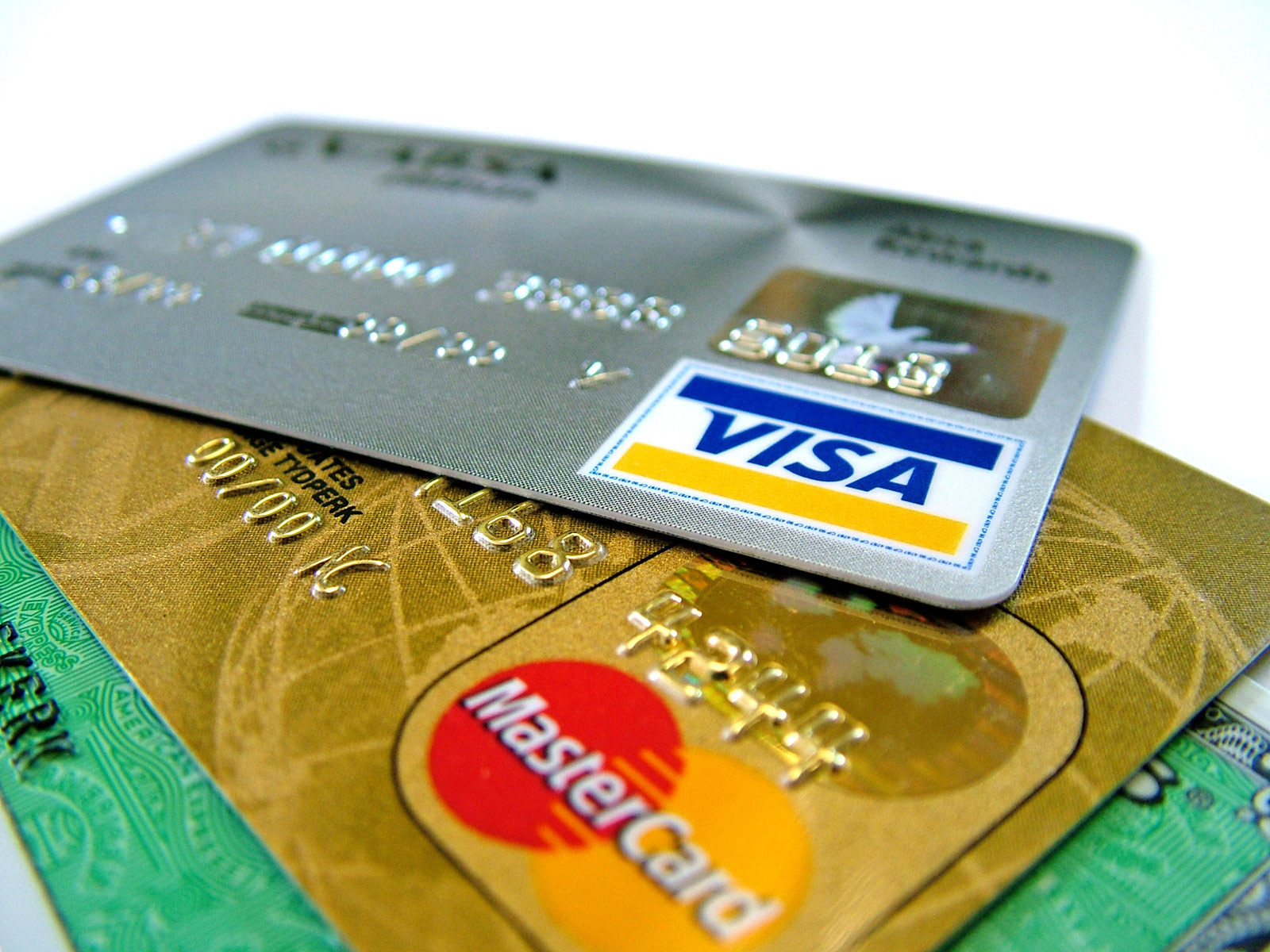New Device Makes Your Credit Card Smart

An innovative design may soon turn your typical credit card into a smart money machine.
A paper-thin computer embedded in a traditional payment card, Card 2.0 contains a magnetic stripe on the back – called the Electronic Stripe – that is fully programmable and rewritable. Users can change any information – such as which account a payment is charged to – on the fly at the time of purchase.
Unveiled Sept. 15 at DEMO Fall 2010 in Santa Clara, Calif., Card 2.0 will revamp the traditional electronic money transaction, said Jeff Mullen, CEO of Dynamics, Inc., the Pittsburgh-based startup behind the payment technology.
“Nothing exists like this,” said Mullen. “It’s on a completely different level.”
Here’s how: In one application, called the MultiAccount card, consumers can press one of two buttons on the face of the card. Each button is linked to a specific bank account; when the button is pressed, it lights up, indicating which account the purchase will deduct from, and that account information is written onto the Electronic Stripe.
Another application for the card, called Hidden, addresses and could potentially mitigate the issue of credit card fraud and identity theft. Hidden includes five buttons on the face of the card along with a display that hides a portion of the credit card number. To turn the card on, the user has to enter a personal unlocking code, the same way a PIN number is used at an ATM.
Once turned on, the card then reveals the full number (for online purchases) and writes the account number to the Electronic Stripe for in-store transactions. (Card 2.0 works with all existing point-of-sale magnetic stripe readers).
Sign up for the Live Science daily newsletter now
Get the world’s most fascinating discoveries delivered straight to your inbox.
What’s exceptional about Hidden is that after a period of time the card display turns off, the full card number is again partially covered, and all account information is erased from the Electronic Stripe, thereby rendering it useless to anyone but its owner.
“Nobody can look at your number or swipe it online,” said Mullen. “I could lose my card in the middle of a store and nobody would be able to use it.”
Though it could significantly change the way consumer banking is conducted, Card 2.0’s specifications are set iup for a seamless introduction into everyday use starting now. No thicker than a regular credit card, Card 2.0 houses more than 70 electrical components in one-tenth of an inch of cubic space.
“It’s computer architecture by any stretch of the word,” said Mullen. “It’s sophisticated yet amazingly elegant.”
In addition, because the programmable strsipe is embedded in the card, and the card is covered in plastic, there is no exposed circuitry. The card is also scratch-resistant and even waterproof.
Mullen said another application for Card 2.0 would be to place both corporate and personal accounts on a single card. There are more than 20 other applications for the card Mullen disclose just yet, however; he said announcements would come “shortly” from banks that decide to employ the Card 2.0 technology.
New QPU benchmark will show when quantum computers surpass existing computing capabilities, scientists say
Pair of 'glowing' lava lakes spotted on Africa's most active volcanoes as they erupt simultaneously — Earth from space
Simple blood test could reveal likelihood of deadly skin cancer returning, study suggests









